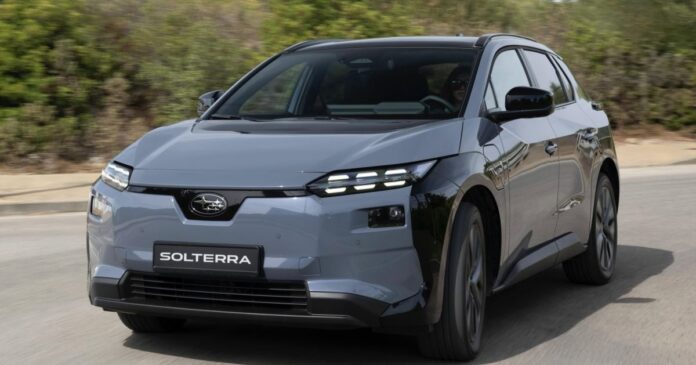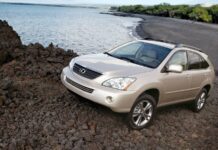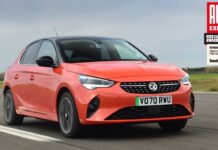Subaru is recalibrating its electrification strategy, reducing its commitment to fully electric vehicles (EVs) and refocusing investment on hybrid technology. This shift comes as global EV demand softens, and government incentives are rolled back, particularly in key markets like the United States. The move reflects a broader trend among automakers reassessing their EV timelines in response to evolving market conditions.
Demand Slowdown and Government Policy Impact
Subaru President Atsushi Osaki announced the company would reconsider its planned ¥1.5 trillion (~A$14.86 billion) investment in future electrification, despite already allocating ¥300 billion (~A$2.98 billion). The decision is driven by increasing demand for hybrid vehicles and a reassessment of internal combustion engine (ICE) technology. The company will delay full-scale EV mass production investment while reallocating existing funds.
The shift is partly a response to the end of EV purchase incentives in the United States, which account for over 70% of Subaru’s global sales. The Trump administration’s decision to eliminate up to US$7,500 in EV tax credits has significantly impacted demand.
Broader Industry Trend
Subaru is not alone in adjusting its EV strategy. Toyota, Mazda, Honda, Porsche, Volvo, and Genesis have all scaled back or delayed EV plans in recent months. Toyota, for example, postponed the construction of an EV plant in Fukuoka Prefecture, citing declining demand. Nissan abandoned plans for an EV battery factory in the same region due to profitability concerns. Honda cut its EV development budget by 30%. Porsche revised its EV plans to include more combustion models, while Volvo scrapped its goal of being EV-only by 2030.
Subaru’s Hybrid-Focused Future
Subaru will now tool one of its largest Japanese plants to produce petrol, hybrid, and electric vehicles on the same production line, allowing for flexibility in response to market demand. The company will expand its product lineup to meet diverse needs, with new models offering hybrid or ICE power instead of being dedicated EVs. Subaru remains committed to internal combustion engines, aligning with a three-way agreement with Toyota and Mazda to develop lower-emission engines that lean on hybridisation and synthetic fuels.
The company’s latest hybrid models, such as the Forester Hybrid and the updated Crosstrek Hybrid, leverage Toyota technology to improve capability and performance. Subaru’s current EV lineup consists of the Solterra, with the Trailseeker, Uncharted, and one unconfirmed model shared with Toyota expected before the end of 2026.
Context and Implications
The automotive industry is at a pivotal moment. While EVs were once considered the inevitable future, consumer adoption has slowed due to factors such as high prices, limited charging infrastructure, and range anxiety. Automakers are now hedging their bets, recognizing that hybrids and ICE vehicles will remain relevant for longer than initially anticipated.
This shift has broader implications for the energy sector, supply chains, and government policies. The transition to electric mobility will likely be more gradual and nuanced than many predicted. The automotive industry is recalibrating to adapt to the realities of a market where demand for EVs is not yet keeping pace with ambitious production targets.
This strategic adjustment by Subaru and other automakers highlights the need for a more realistic and flexible approach to electrification. The future of mobility will likely involve a mix of technologies, with hybrids playing a critical role in bridging the gap between ICE vehicles and fully electric cars




































